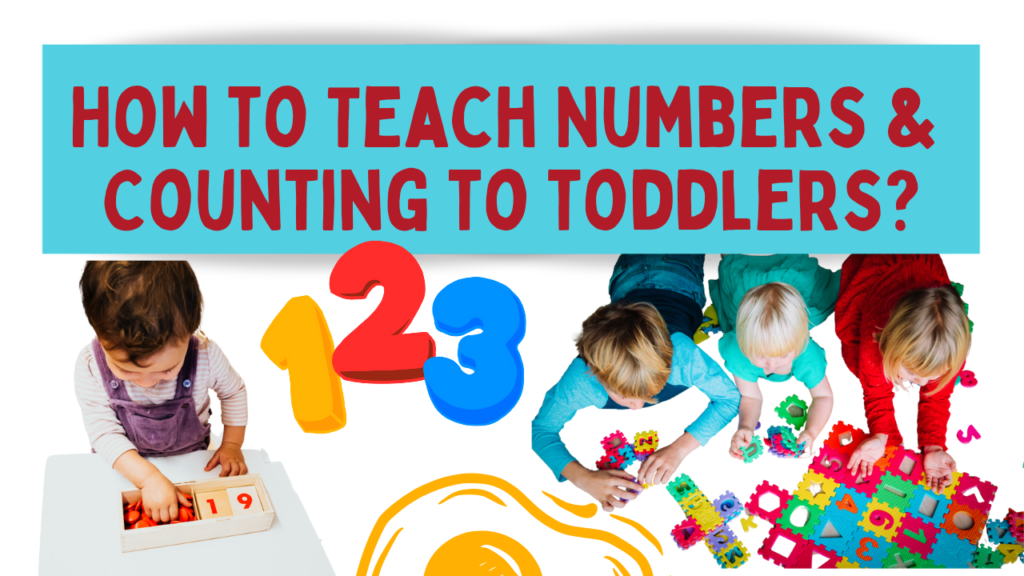Teaching numbers & counting to toddlers is a foundational step in their cognitive development. As they grasp the concept of numbers, toddlers enhance their mathematical abilities, critical thinking skills, and problem-solving capabilities. This article provides a comprehensive guide for parents and educators on how to effectively teach numbers to toddlers.
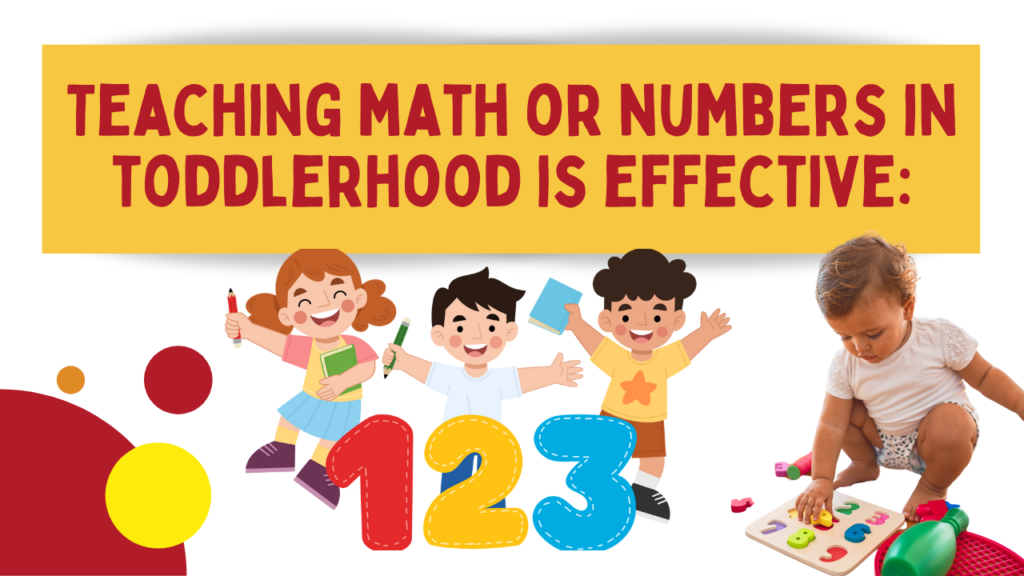
Teaching math or numbers in toddlerhood is effective:
Scientific research consistently supports the effectiveness of teaching math or numbers in toddlerhood. Here are some key findings from studies in this field:
Early Numeracy Skills Predict Later Academic Success:
Research has shown that early numeracy skills in toddlers are strong predictors of later academic achievement, particularly in mathematics. A longitudinal study conducted by Duncan et al. (2007) found that early math skills in kindergarten were a better predictor of later academic success than early reading skills.
Brain Development and Early Learning:
Studies using neuroimaging techniques have demonstrated that the brain regions involved in mathematical processing begin to develop in infancy and early childhood. For example, research by Cantlon et al. (2006) showed that even infants as young as six months old exhibit brain activity related to numerical processing.
Importance of Early Exposure:
Early exposure to mathematical concepts and activities has been shown to have long-lasting benefits. A study by Ramani and Siegler (2008) found that toddlers who received early math instruction performed better on mathematical tasks later in childhood compared to those who did not receive such instruction.
Play-Based Learning:
Research suggests that play-based learning activities are highly effective in promoting early math skills in toddlers. Activities such as counting games, puzzles, and building blocks not only engage toddlers but also provide opportunities for them to explore mathematical concepts in a fun and interactive way (Ginsburg, 2007).
Parent Involvement:
Parental involvement plays a crucial role in the development of early math skills in toddlers. Studies have shown that parents who engage in math-related activities with their children, such as counting, sorting, and measuring, contribute to their children’s mathematical development (LeFevre et al., 2009).
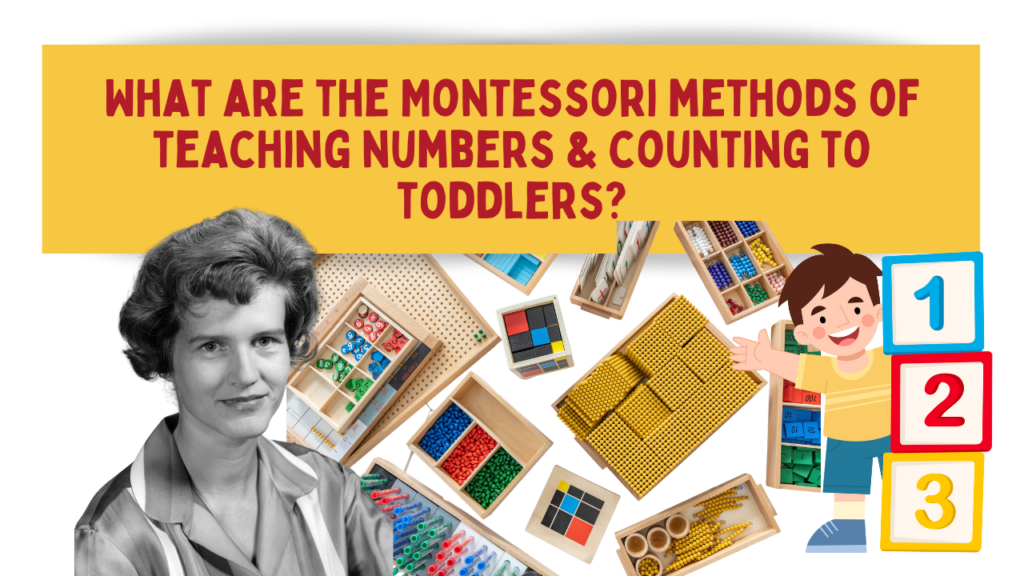
What are the Montessori methods of teaching numbers & counting to toddlers?
Maria Montessori’s methods of teaching numbers to toddlers emphasize hands-on learning, sensory exploration, and independence. Here are some key aspects of Montessori’s approach along with examples of Montessori materials commonly used to teach numbers to toddlers:
Concrete Manipulatives:
Montessori materials are designed to be concrete and manipulative, allowing toddlers to explore mathematical concepts through hands-on activities. For teaching numbers, materials such as the Number Rods, which are a set of ten rods varying in length from one to ten units, allow toddlers to visually and tactilely explore the concept of quantity and understand the sequential order of numbers.
Sandpaper Numbers:
Montessori Sandpaper Numbers consist of cards with numbers traced in sandpaper, providing a tactile experience for toddlers to trace the shape of each numeral with their fingers. This multisensory approach helps toddlers develop a kinesthetic understanding of number formation and recognition.
Number Cards and Counters:
Montessori Number Cards and Counters are used to introduce toddlers to the concept of quantity and numeral association. Toddlers match numeral cards with corresponding quantities of counters, fostering one-to-one correspondence and early counting skills.
Spindle Boxes:
Spindle Boxes are Montessori materials that help toddlers develop an understanding of the numerical concept of zero and practice counting and numeral recognition. Toddlers place wooden spindles into compartments labeled with numerals, reinforcing the concept of quantity representation.
Number Puzzles:
Montessori Number Puzzles are simple wooden puzzles featuring numerical symbols and corresponding quantities of objects. Toddlers match numeral pieces with the correct quantity of objects, promoting numeral recognition and counting skills.
Bead Stair:
The Montessori Bead Stair is a material used to introduce toddlers to the concept of quantity and sequence. It consists of strings of beads in varying colors and lengths, corresponding to the numerical sequence from one to ten. Toddlers manipulate the beads to visually and tactilely understand the concept of number sequence and quantity.
Free Interactive Counter Flash Cards for Toddler Learning:
Introducing our free counter flash cards designed to mimic Maria Montessori’s renowned cards and counter equipment. These cards are crafted with simplicity and effectiveness in mind, making them easy to handle and versatile for reinforcing counting and number recognition skills in toddlers.
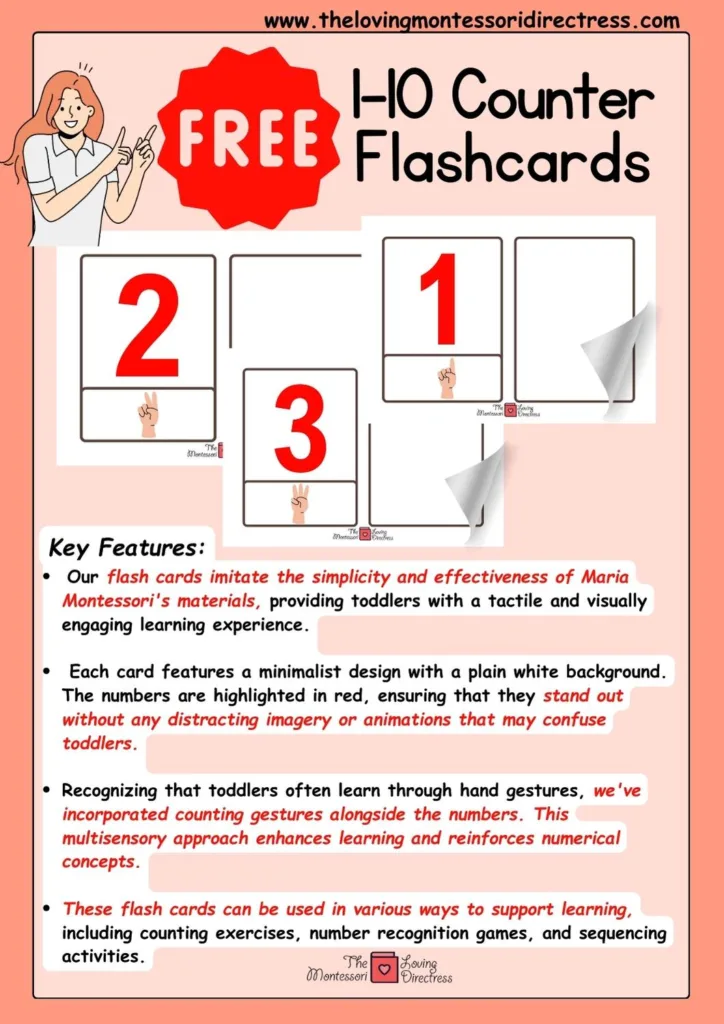
Key Features:
Montessori-inspired Design:
Our flash cards imitate the simplicity and effectiveness of Maria Montessori’s materials, providing toddlers with a tactile and visually engaging learning experience.
Distraction-Free Layout:
Each card features a minimalist design with a plain white background. The numbers are highlighted in red, ensuring that they stand out without any distracting imagery or animations that may confuse toddlers.
Counting Gestures:
Recognizing that toddlers often learn through hand gestures, we’ve incorporated counting gestures alongside the numbers. This multisensory approach enhances learning and reinforces numerical concepts.
Multiple Uses:
These flash cards can be used in various ways to support learning, including counting exercises, number recognition games, and sequencing activities.
Free Download:
Best of all, our counter flash cards are available for free download, making them accessible to all parents and educators.
Multiple Ways of Using the Flash Cards for Counting:
Discover endless possibilities for counting and number exploration with our versatile flash cards. Alongside each number, a blank box provides opportunities for toddlers to engage in various counting activities, enhancing their numerical understanding in fun and interactive ways.
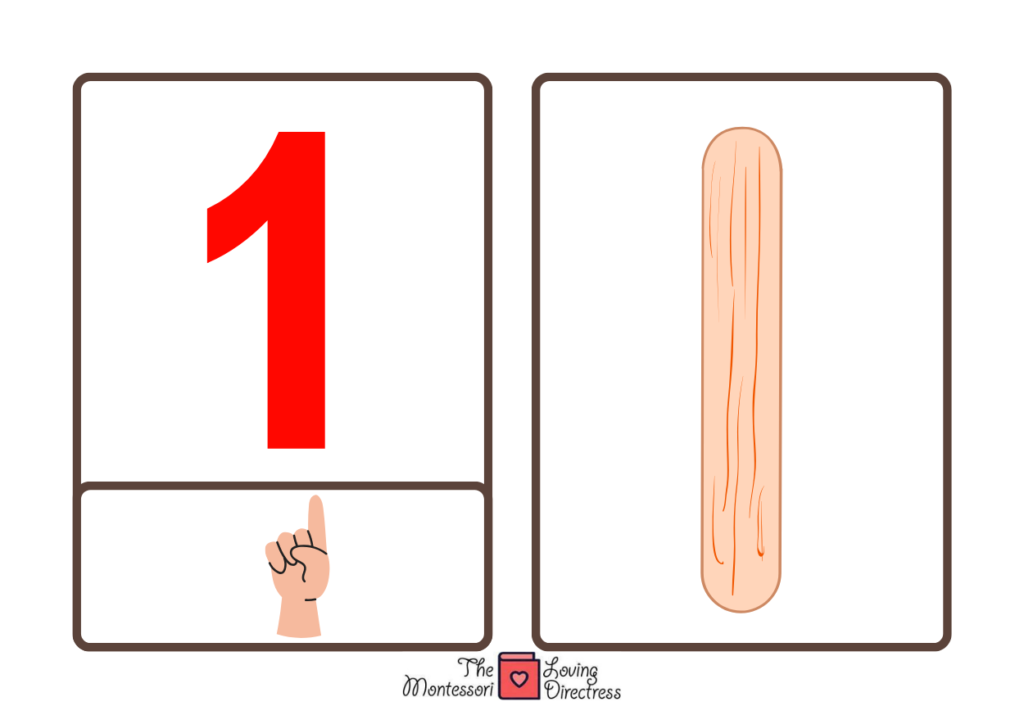
Ice-Cream Sticks:
Toddlers can place ice-cream sticks alongside the numbers to count. This hands-on activity promotes one-to-one correspondence and helps toddlers visualize quantities.
(Scientific Effectiveness: Hands-on manipulation promotes active learning and strengthens neural connections related to numerical concepts.)
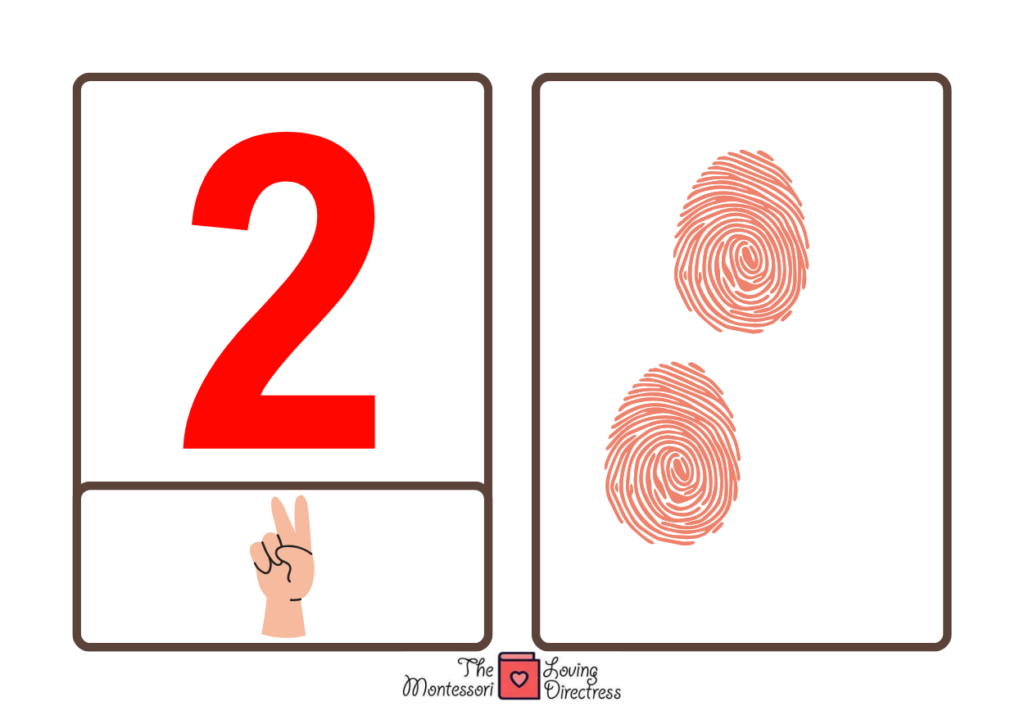
Finger Printing:
Using their fingers, toddlers can make fingerprints in the blank box to represent the corresponding number. This kinesthetic approach reinforces numeral recognition and fine motor skills.
(Scientific Effectiveness: Finger printing engages fine motor skills development, which is closely linked to cognitive development and academic achievement.)
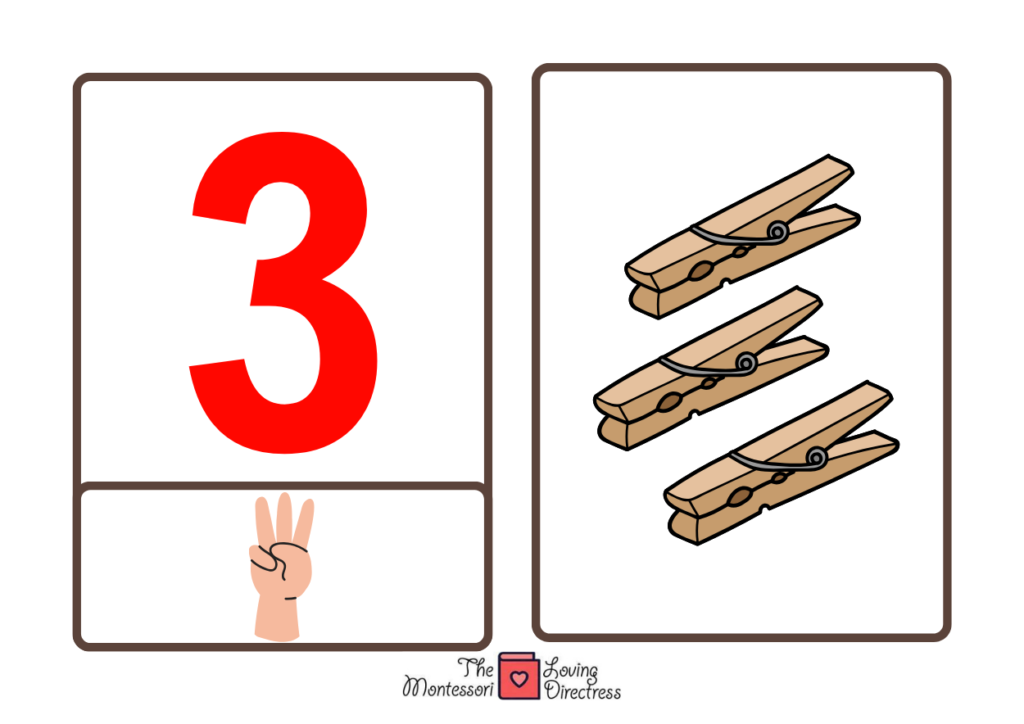
Pegs:
Toddlers can use pegs to clip onto the blank box, counting as they go. Manipulating pegs strengthens hand-eye coordination and develops counting skills.
(Scientific Effectiveness: Manipulating objects like pegs enhances hand-eye coordination, which is essential for mathematical reasoning.)
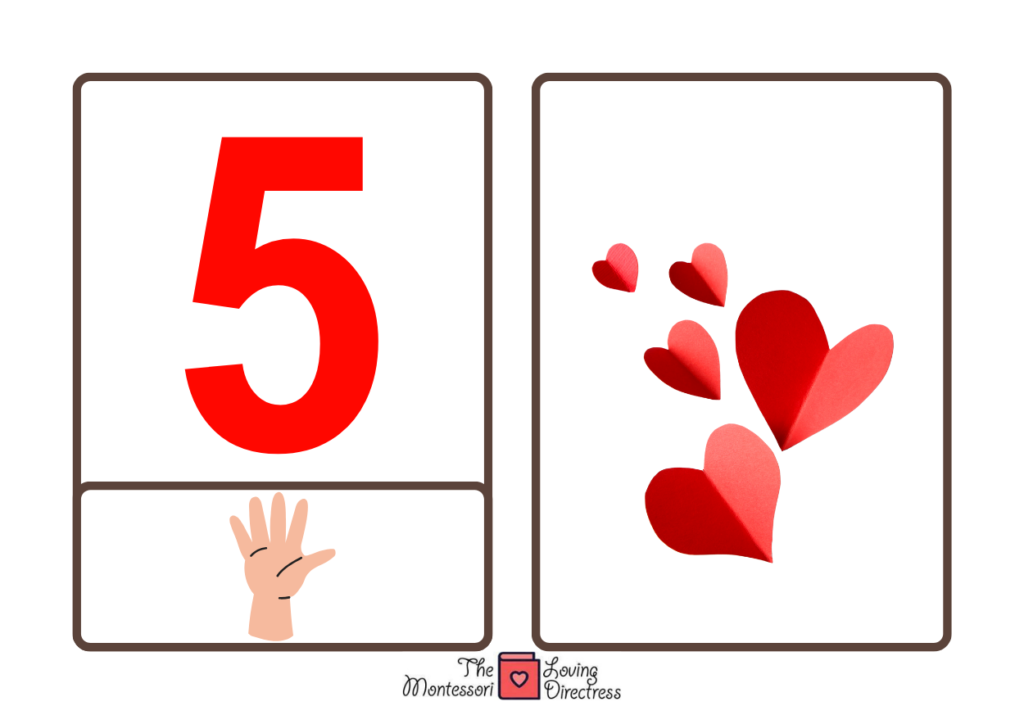
Shapes Cutouts:
Place shape cutouts (e.g., circles, squares, triangles) in the blank box, asking toddlers to count and match the shapes to the numbers. This activity enhances shape recognition and counting abilities simultaneously.
(Scientific Effectiveness: Activities involving shape recognition develop spatial reasoning abilities, which are essential for understanding mathematical concepts.)
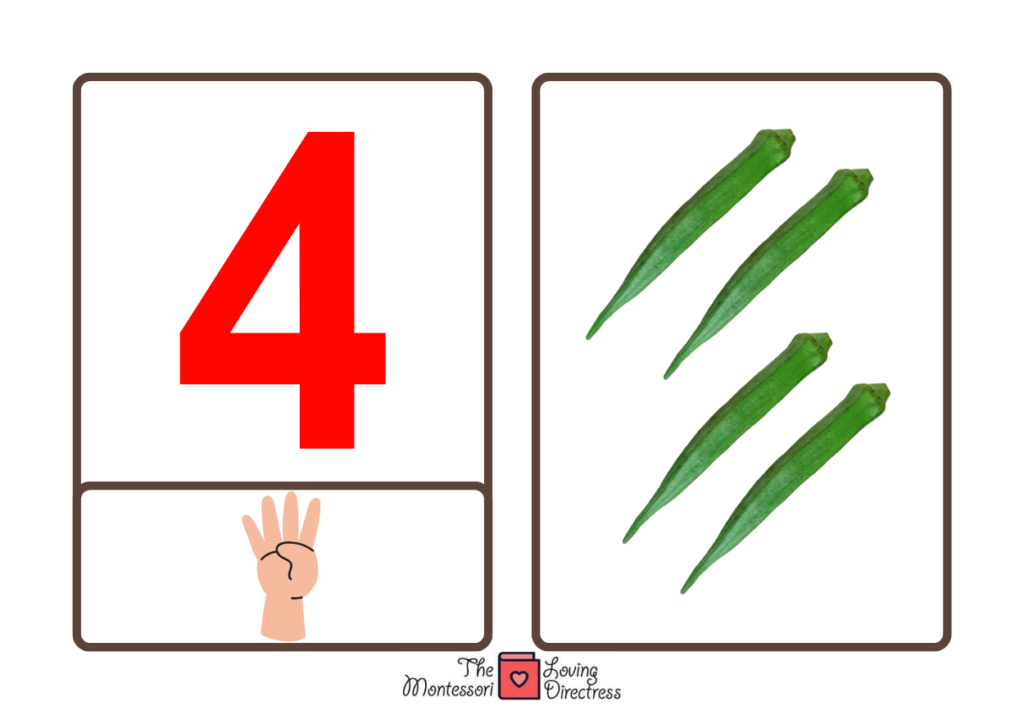
Real Objects:
Utilize small fruits or vegetables from around the house to place alongside the numbers for counting. Associating real objects with numbers reinforces concrete understanding and connects mathematical concepts to everyday life.
(Scientific Effectiveness: Associating real objects with numbers helps toddlers make meaningful connections and solidify their understanding of numerical concepts.)
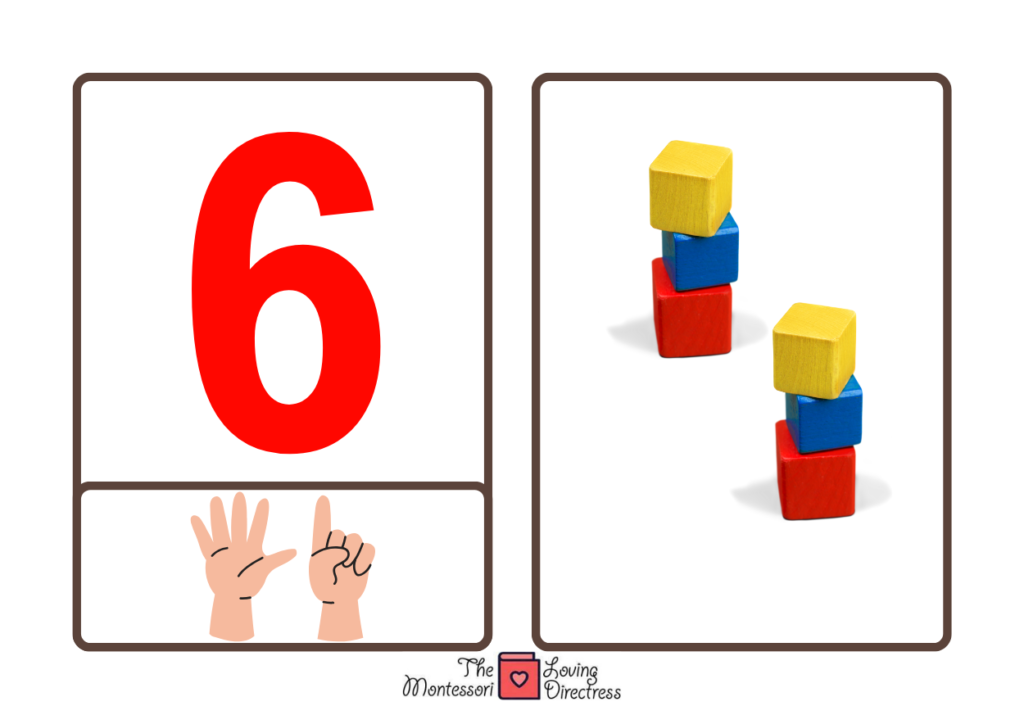
Blocks:
Stack blocks in the blank box to represent the corresponding number. Building with blocks enhances spatial awareness and numerical visualization skills.
(Scientific Effectiveness: Manipulating blocks promotes spatial reasoning abilities and strengthens understanding of quantity and spatial relationships.)
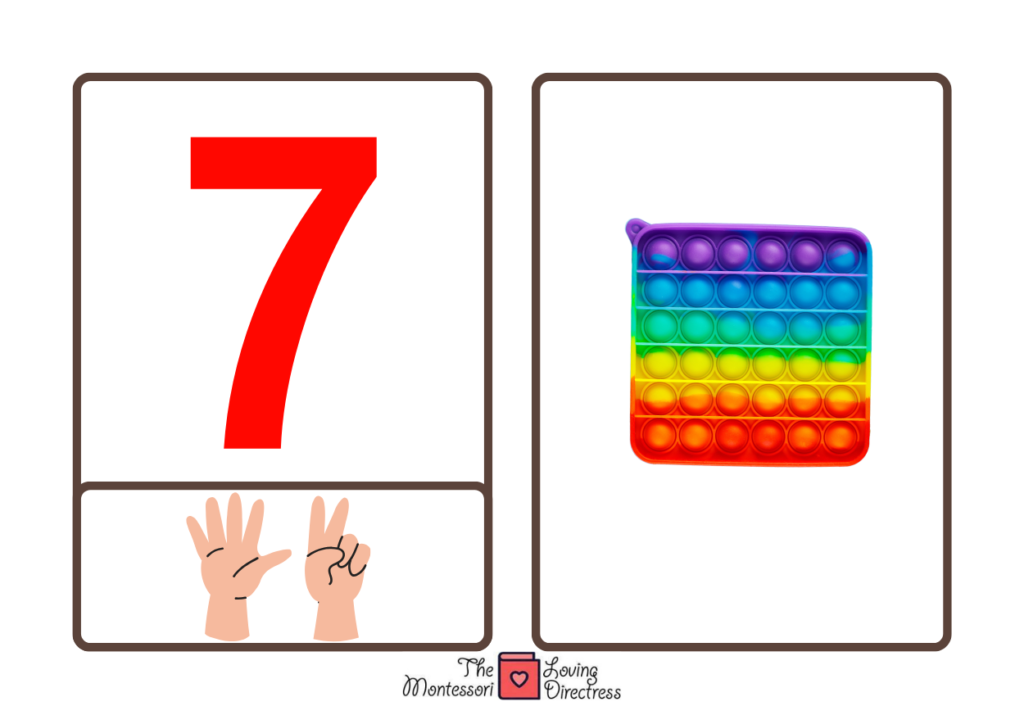
Pop It Fidget Toy:
Press pop it bubbles in the blank box, counting each pop. This tactile activity engages multiple senses and reinforces counting skills in a playful manner.
(Scientific Effectiveness: Tactile activities like popping bubbles engage multiple senses and enhance learning by providing sensory input.)
Counting Fun with Our Free Counter Flash Cards | Tutorial and Reinforcement Video:
In this tutorial and reinforcement video, we’ll guide you through different ways to use our counter flash cards to reinforce counting and number recognition skills in toddlers. You can choose to show this video to your toddler either before or after practicing with the flash cards, enhancing their learning experience and making it more engaging.
Conclusion:
Teaching numbers to toddlers is a crucial aspect of their early cognitive development, laying the foundation for future mathematical proficiency and academic success. Through a combination of hands-on activities, sensory experiences, and interactive learning, toddlers can explore and understand numerical concepts in a fun and engaging manner.

